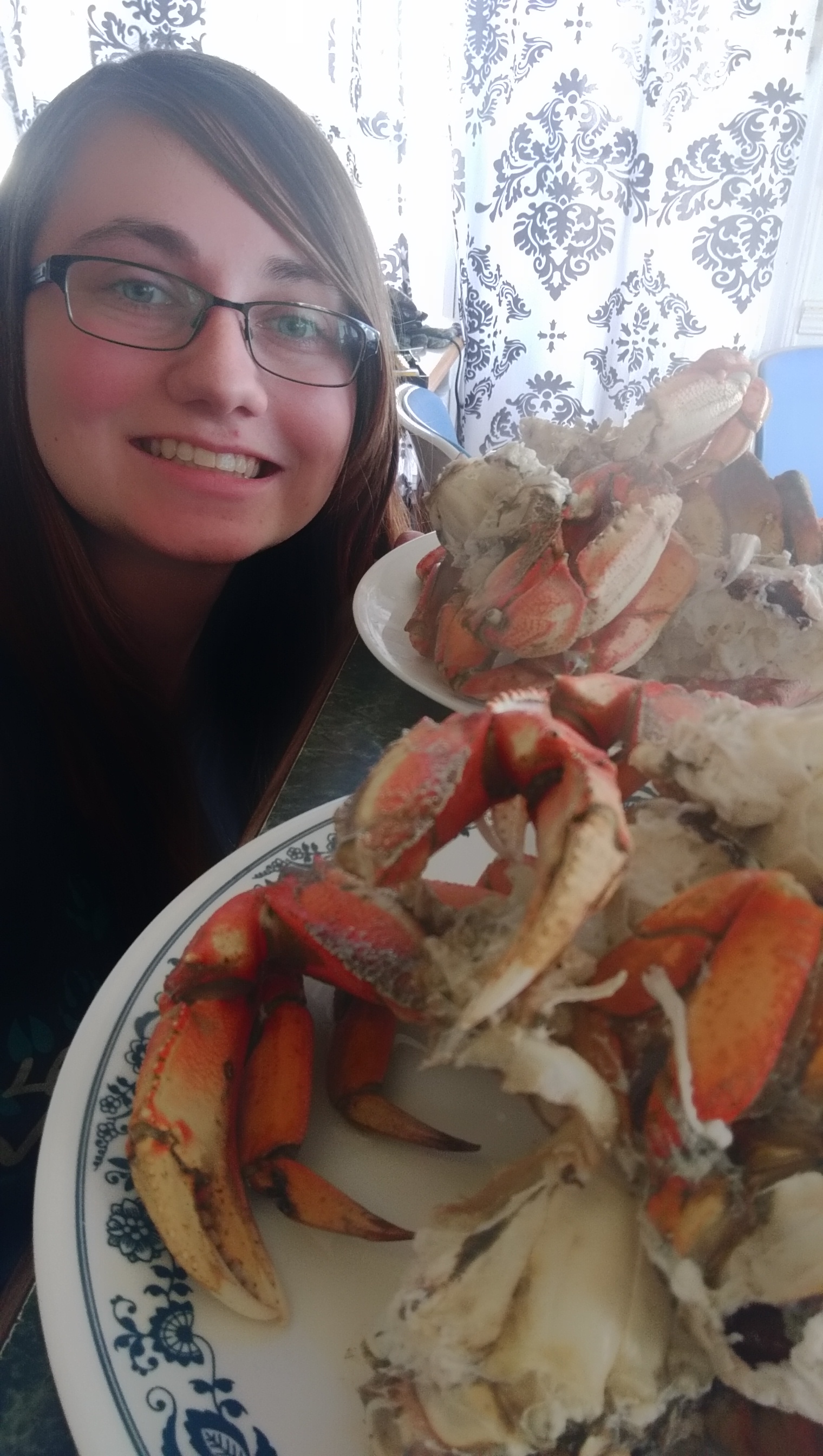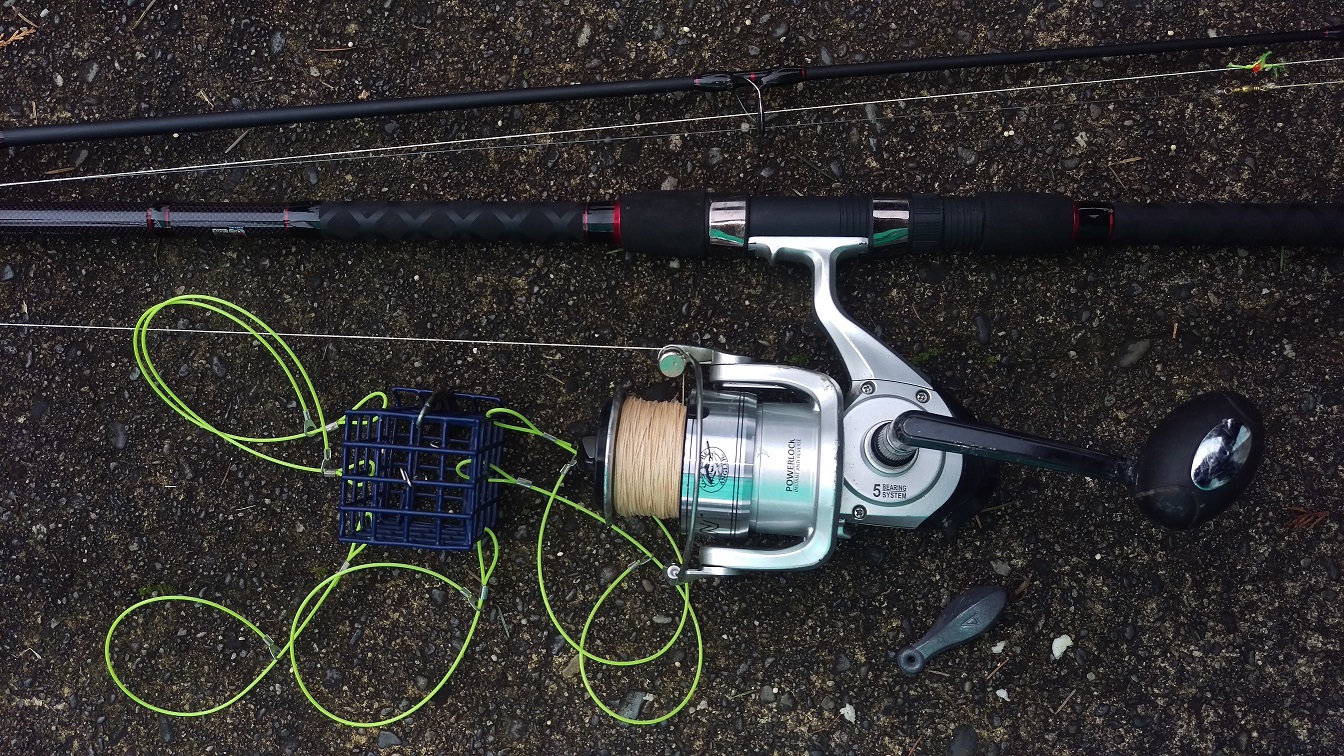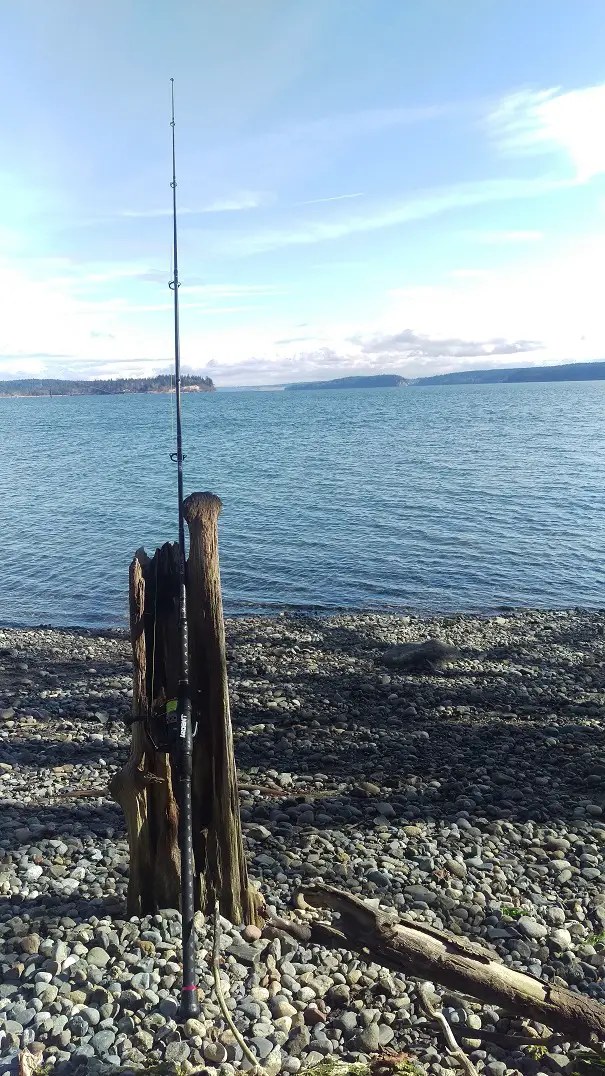Search
Latest Articles
Coastal Crab Snaring
by Hannah Pennebaker , February 08, 2020
Rod and Reel
To begin crab snaring, you'll need a heavy rod and reel to handle pulling in a few ounces of weight, and if you're lucky, a nice keeper crab. Surf rods like the Okuma Rockaway are excellent for this. Ideally you want a 9-12 foot rod rated for 3-4oz of weight. To go with it, I recommend a size 4000 to 6000 saltwater reel like the Penn Fierce or Daiwa BG. It is a heavy setup, but it will be spending most of its time in a rod holder anyway. 20-30 lb test line will more than handle the weight of any crab. Crabs can be surprisingly hard to reel in, so you'll want a setup that can handle it.
The Snare
Crab snaring has gained popularity in recent years and equipment has become more readily available. You can buy crab snares from most sports stores for under $10. They consist of a small wire bait box and plastic loops to snare the crab's claws and legs in. Alternatively, you can make your own crab snare with a small wire box to hold bait, weed whacker cables to make the snare, and a 3oz weight to hold it down.
Bait
Whether you're throwing out your crab cage or a snare, you can use a variety of baits to attract crabs. Just to name a few, salmon bellies, squid, chicken, razor clam guts, and herring all work well. Anything with scent will work, the oilier the better! Pack your snare or cage with your chosen bait, and be sure to bring extra to refill it with.
Technique
Crab snaring involves different techniques than most fishing. Bait your snare and zip tie on a 2-3oz weight to hold it to the bottom. Cast out to a spot that you think the crabs will be, then reel up your slack and put the rod in a holder such as a sand spike. Crabs will catch the scent of your bait, and get snared in the loops while they are feeding. Wait 15 minutes, and then reel up quickly while keeping your rod tip up. It's essential to keep the line and therefore your snare tight, lest your crab slips out. Don't let your bait soak too long or the crabs will eat it all and move on.
Remember to check the rules before going out! Crabbing is open year round in Westport and Ocean Shores, but it's currently closed in the Puget Sound. Always grab a crab gauge and your current WA saltwater licence. Dungeness crabs have to be a minimum of 6 inches across, and you must release all females. Red rock crabs can be either sex but must be 5 inches across to keep. Red rock crabs are red with black claws, and dungeness are purplish-brown with white claws. Male crabs have a narrow V shape on the bottom of their carapace (the underside of the crab), while females have a much wider U shape.
Soft Shell Crabs
Soft shell crabs of either species must be released. Crabs have soft shells when they have recently molted, meaning they are growing into a new, larger shell. A crab that has a soft shell will have meat that is watery and jelly-like, not very good to eat and a waste of the resource. You can tell if it is a soft shell by giving it "the pinch test". When you haul in your crab, pick up each crab and squeeze the edge of the shell near the lateral spines, or pinch the large section of one of the walking legs (as opposed to the pincers). If the shell gives, the crab is still in it's soft shell form and will not be good eating.
Remember when handling your catch to avoid getting pinched it is best to hold the crab with your thumb and fingers from the back of the crab. Those pinchers can cause some serious hurt if your finger finds its way into one!
Winter crabbing on Washington and Oregon coasts is a great way to spend the day (or weekend). The beaches are less crowded than in the summer. You may find you have the beach practically to yourself! Kids enjoy the fun of reeling in and catching crabs making it a great family activity. Just be sure to dress for the weather and you too can bring home some great eating Pacific Northwest crab.
Hannah Pennebaker graduated from Pacific Lutheran University with a degree in Environmental Studies. She enjoys both freshwater and saltwater fishing adventures in the Puget Sound area with her fishing group, the Straw Hat Fishermen.


